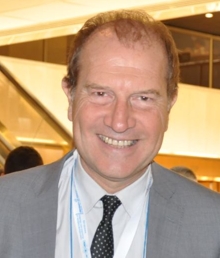Acoustics and Environmental Comfort

Abstract:
The perception of comfort is multisensory: human beings may have different sensitivities in each of the five senses and in the combined effects that generate sensations and feelings.
Global comfort can be defined as the mental condition that expresses satisfaction with the habitat in which human beings live and work, considering objective parameters and subjective assessments.
Well-being and perceived discomfort are both linked to the characteristics of the external and built environments, which interact with individual neurophysiological aspects.
Good and bad sounds, pleasant and unpleasant soundscapes play an important role in defining comfort and quality of life. The full consideration of the acoustic comfort and acoustic quality of the habitat is the new frontier for designing living and working environments, urban spaces, places for rest and leisure.
Noise mitigation, quiet areas creation and improvement, sound masking and sound enrichment experiences represent important incremental factors in the calculation of global comfort indices for cities. Consequently, the design of inhabited areas, transport infrastructures, public green spaces must be inspired by maximum containment of noise emissions and best acoustic quality solutions for improving perceived harmony.
The lecture, mentioning the International Year of Sound 2020-21 initiatives, aiming to highlight the importance of sound in all aspects of life on earth, explores contributions of acoustics to comfort performance indices, configured as quantitative representations of global comfort in outdoor environments. Recent inputs given by European green deal strategies and ISO standards for sustainable development of cities and communities are taken in account and a special consideration is also given to possible new paradigms associated with the exit from the pandemic time and to the awareness of what the true parameters of perceived well-being and acoustic comfort could be when everyday life will return free from the virus-induced limitations and fears.